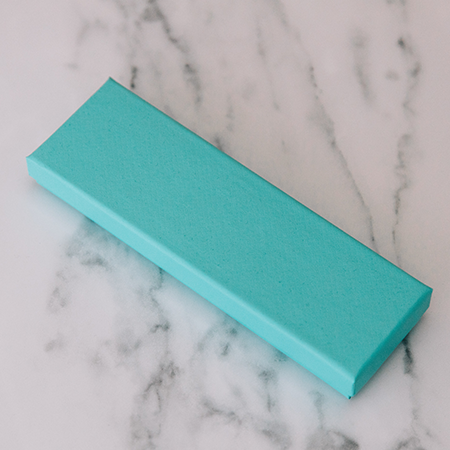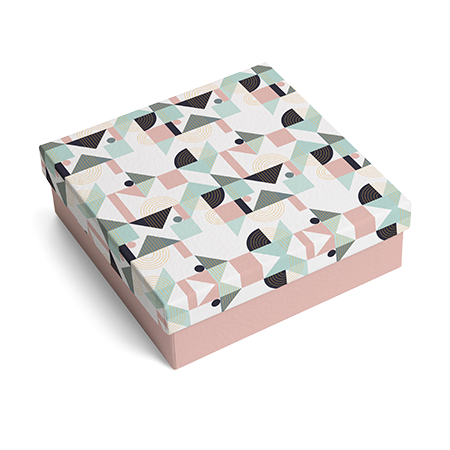Geometric Shapes Decorating France's E-Commerce Boxes
Each country gains recognition in the world by reflecting many forms unique to its culture. France, one of Europe's most known and admired countries, is also known for its artworks and geometric designs. When we look at any work, product, architecture, or design belonging to France, we always come across these geometric shapes. In this case, French brands do not fail to adopt this culture and use geometric shapes a lot in both logo designs and product packaging. In addition, these designs are not used so casually. Of course, it is primarily thought to appeal to the eye, but the meanings it creates in the eyes of the customer are also planned in the best way. Just like the same colors, different geometric shapes have meanings in human psychology. Therefore, it is an important element to pay attention to how the geometric shapes in our lives will be used in packaging designs.
In this article, we wanted to explain the effects of using geometric shapes in your LuxBoxPack packaging designs on the eyes of the customer, as France did.
Four-Sided Shapes
Four-sided shapes are among the shapes encountered in most of daily life. Since most people live in rectangular houses and spaces, the presence of straight lines takes an important place in their minds. Quadrilaterals, known as the framing shape, are largely used in all geometric packaging designs. Although it is not used directly in visual designs, generally the shape of the package itself is in the form of a rectangular prism. These shapes evoke meanings such as trust, stability, honesty, equality, and rationality in the human mind. If you are a technology or luxury consumer brand, you can create a sense of trust in the minds of consumers by using rectangular shapes. In addition, this shape is one of the most suitable shapes for LuxBoxPack for boxes of products such as textiles, jewelry, perfumes, and watches.
Triangles
The triangle evokes energy and focuses due to its angles. It also represents action and shows the direction of that action. When taken together with the pyramid, which is its three-dimensional counterpart, it is known as the symbol of solidity built on a foundation. In terms of the feeling evoked by its triangular appearance, it also has a mystical effect that evokes eternity and immortality with its arms that rise towards the sky after taking root in the earth. If you are a well-established brand in the e-commerce sector, product boxes with a triangle shape and a triangle in their design will be the best choice for you. Because the triangular shapes will best represent your solid position in the sector. In addition, with LuxBoxPack, you can have triangular designed handmade, cardboard, or craft product boxes that are suitable for you.
Round Shapes
Round is the shape we see most often in nature. The eyes of the moon, sun, and living things are round. Also, the universe is a closed circle and has no beginning or end. That is why round shapes were considered divine and eternal by ancient philosophers. Along with these, the round shape evokes meanings such as completeness, love, movement eternity in the human mind. For this reason, it would be sensible to include circular shapes in the packaging designs of the products you produce for special occasions. You can create an infinite brand personality in your customers' minds by placing round shapes on the designs of e-commerce boxes owned by your brand. In addition, you can reflect the geometric design you want on the craft boxes that LuxBoxPack is an expert in the production of.
LuxBoxPack Always With You To Differentiate Your Brand In The Sector
If you want to reflect different designs such as geometric shapes of France to your e-commerce packages, LuxBoxPack is always ready to help you. Show your difference in the sector with LuxBoxPack, which can easily reflect any design you want on its packaging. Contact the LuxBoxPack expert team now!
...










